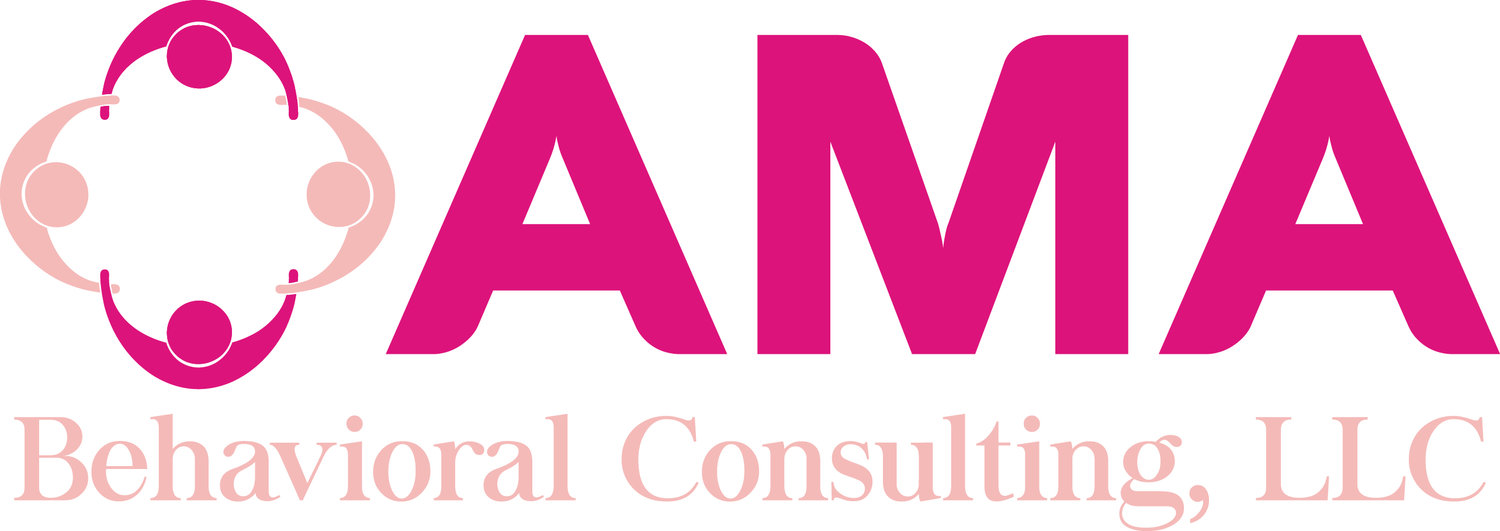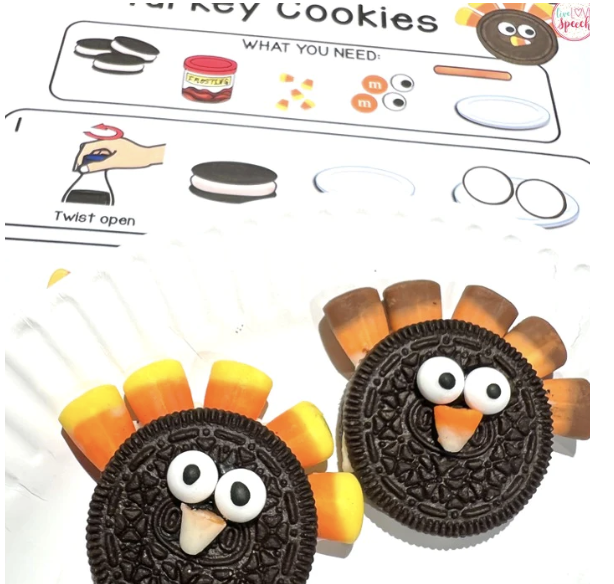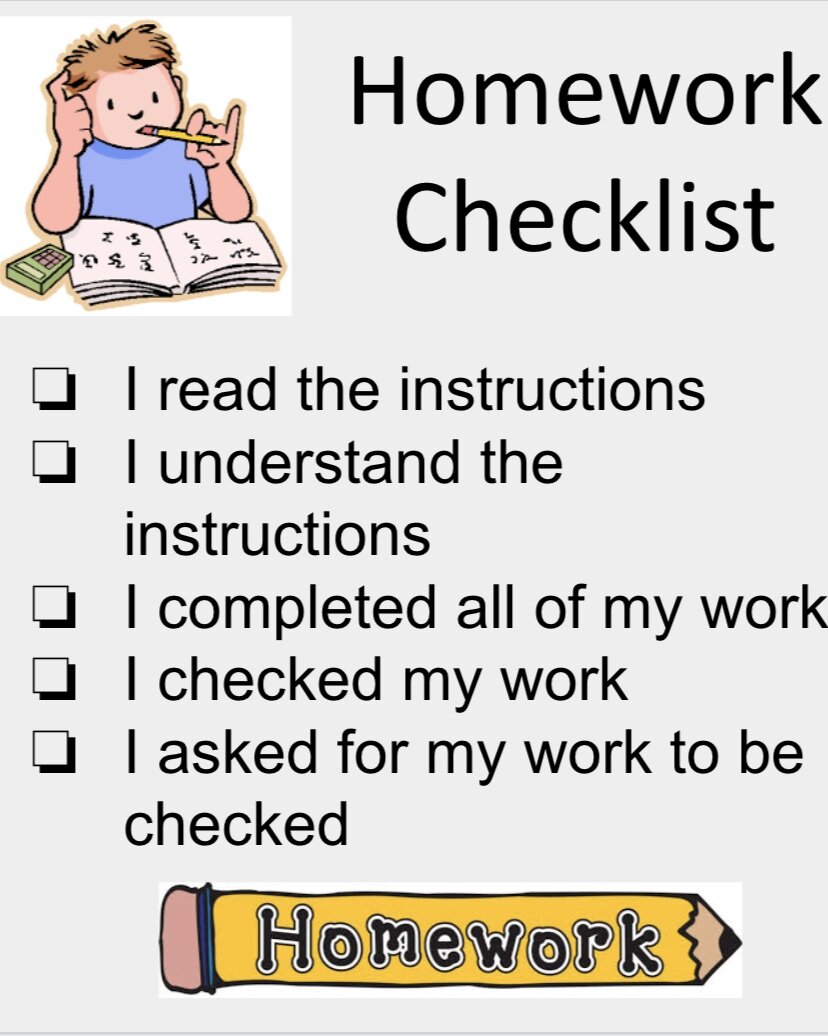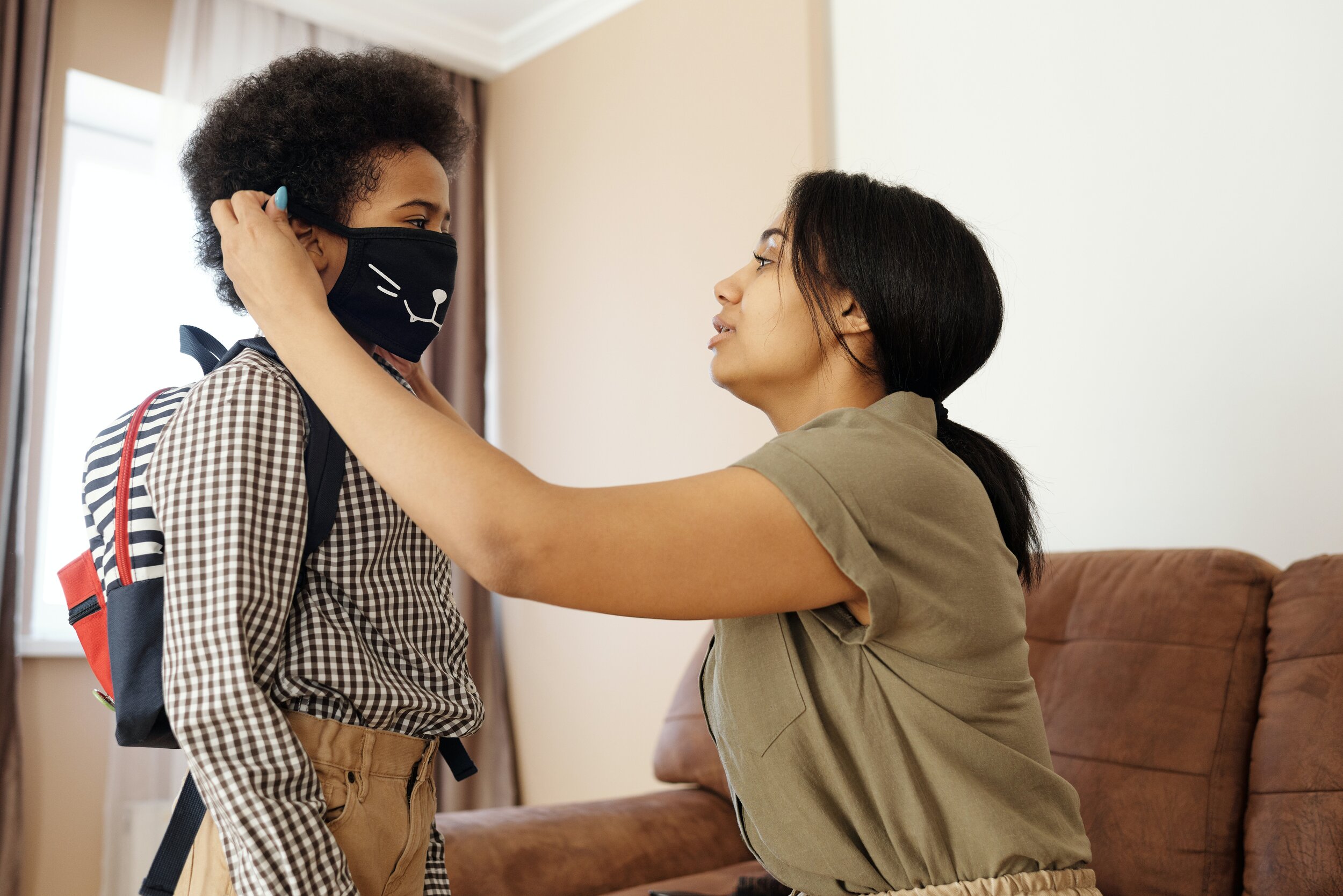5 Tips for Celebrating Thanksgiving with your Child
/Read Time: 5 Minutes
The changes that come with holidays are typically a challenging time for children with and without a diagnosis. There are changes everywhere ranging from routines, people, locations, foods, etc. We have written 5 tips for you to help celebrate this Thanksgiving Holiday with your child.
Prepare them for the change in routine. If you are going to family or a friends home, inform your child by showing them a picture of the person and their home. You could also show them on the calendar what day you will be headed their way to prepare them for the upcoming change! We love adding a “change” to some of our daily visuals to indicate visually that a change is coming as well.
Bring their favorite items or activities. We can help our children feel more at ease if we incorporate some of their favorite items or activities in the new or semi-familiar environment. This is a process we call “pairing” which means we are incorporating things they love to a new environment or people to create a more positive relationship.
If staying at home, involve your child in the Thanksgiving festivities. We can incorporate our children with items like setting up the dinner table, helping with decorating and even helping us in the kitchen. We LOVE this free visual created by Live Love Speech that uses pictures to show the sequence of events for creating a Turkey Cookie!
Reduce the Stressors in the Environment. If your child dislikes loud noises or particular foods, prepare for these ahead of time by having noise canceling headphones in close proximity, a designated space the child can go to to remove themselves from these stressors and having an array of other foods the child may be more likely to eat.
Read and practice using a social story. Social stories are a great tool to introduce new concepts or activities. Reading the social story and then practicing what the experience will look like will be key. After reading the story, create a “Thanksgiving dinner table” where the child can see some of the foods they may be exposed to, practice sitting at the table and even practice walking towards their safe zone if they become flustered or frustrated. Here are 5 social stories that you can review.
We hope that you have a wonderful Thanksgiving Holiday with your family! We are grateful that you have chosen to read our blog and hope these tips will help your family during this time!








